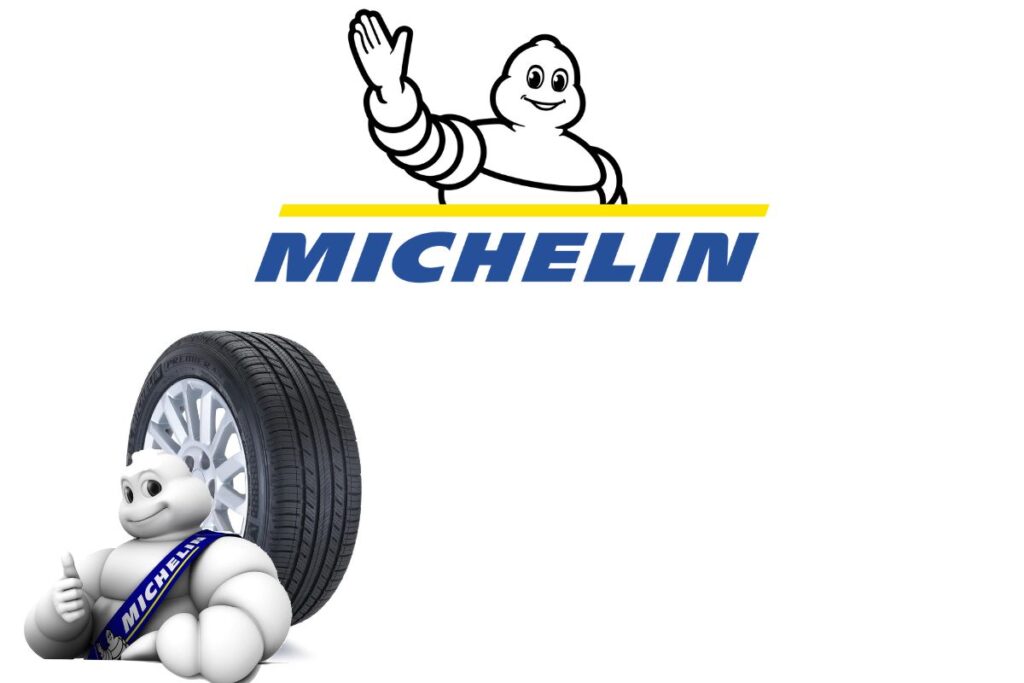Michelin tires are well-regarded in the automotive industry for their quality and innovation. Our recent study found Michelin to be the top tire, naming it the Best Overall Tire.
With a history of over a century, Michelin is a leading tire brand globally. It offers a diverse range, including BFGoodrich for SUVs and Uniroyal for budget shoppers. This variety shows Michelin’s commitment to meeting diverse needs.
Michelin’s success comes from its focus on innovation, quality, and the environment. Its tires are popular with both experts and customers.
The brand has also won Car Talk’s Golden Wrench Award in three categories, highlighting its excellence.
Michelin has always led in tire technology, earning the trust and admiration of drivers worldwide.

About Michelin Tires
Michelin started in 1889 in Clermont-Ferrand, France. Now, it leads in tire sales. In 2019, it claimed nearly 20% of North American sales, beating Bridgestone and Goodyear. In the last 30 years, Michelin bought BF Goodrich and Uniroyal. This move has cemented its dominance.
Michelin makes tires for cars, bikes, planes, and Formula One cars. Its North American base is in Greenville, South Carolina.
Michelin is famous for its high standards, tough tests, and innovation. Many of its tires have long warranties, some up to 100,000 miles. It even offers warranties for winter tires, a rare practice [according to Edmunds.com].
Michelin’s dedication to quality, wide range of products, and outstanding warranties set it apart in the tire industry.
Are Michelin tires good quality?
Michelin tires are top quality. The company is known for its excellent tires.
Are Michelin tires made in China?
Some Michelin tires are made in China. Recently, the company invested in a large plant in Shenyang.
Cost of Michelin Tires
Michelin tires are pricey. Their cost ranges from $90 to $529, depending on the type and size. Most standard all-season Michelin tires for cars, SUVs, and crossovers are below $200.
What makes them expensive? It’s the high-quality rubber and long warranties. These factors set Michelin apart from other brands.
Michelin Tires Industry Ratings
Michelin tires, like all others, follow the UTQG system by NHTSA. This system rates tires, excluding winter ones, on treadwear, traction, and temperature.
Now, let’s look at each grade’s meaning:
Treadwear: It shows a tire’s longevity. A rating of 500 means it lasts five times longer than the standard 100-rated tire. Most passenger tires rate between 300 and 500, according to SaferCar.gov.
Traction: This measures wet road grip, with ratings from AA (best) to C (worst). An A rating indicates excellent wet surface traction.
Temperature: It gauges heat resistance for high temperatures. Ratings go from A (best) to C (worst). Tires handle different heat levels during operation.
Understanding these grades helps consumers pick the right Michelin tires for their needs and driving conditions.
Michelin Tire UTQG Grades
| Michelin Tire Model | Tire Type | Treadwear Score | Traction Score | Temperature Resistance |
|---|---|---|---|---|
| Michelin Defender T+H | Passenger All-season | 820 | A | A |
| Pilot Sport A/S 3 Plus | High-performance All-season | 500 | AA | A |
| Michelin Premier A/S | Performance touring All-season | 640 | A | A |
| Michelin LTX M/S2 | Truck/SUV All-season | 720 | A | A |
Michelin’s Most Popular Tire Models
CrossClimate2 – Best All-Season Tire
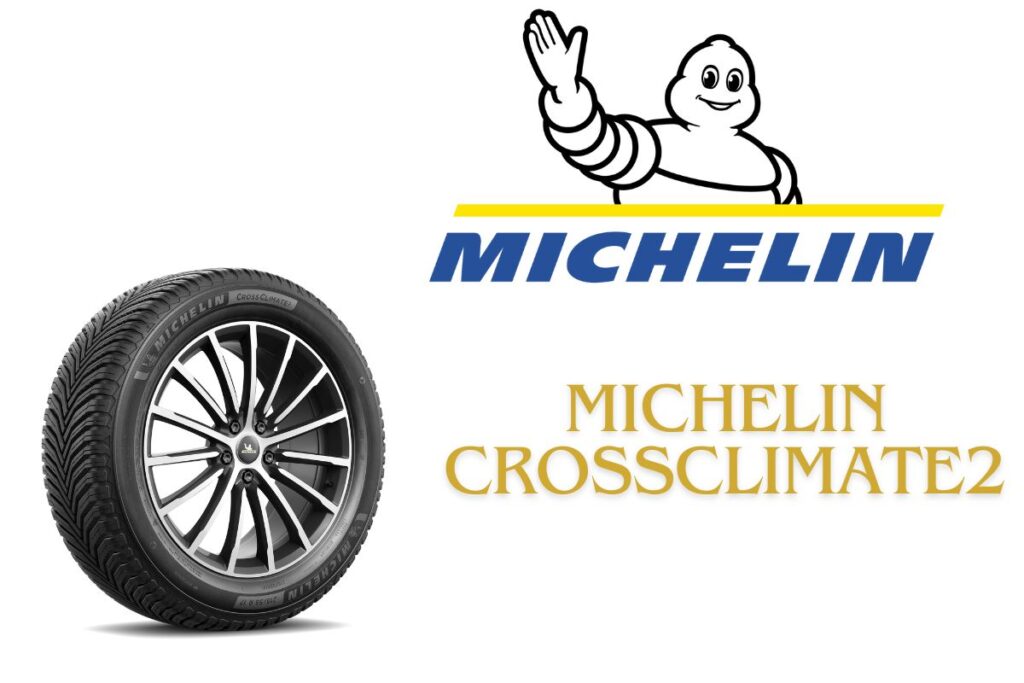
The Michelin CrossClimate2 is a top all-season grand touring tire. It performs well throughout the year. Thanks to its special tread compound, it handles dry, wet, and winter conditions easily. The rubber stays flexible in cold weather, ensuring good traction. It even has a rare three-peak mountain snowflake (3PMSF) rating. This rating highlights its winter abilities, unusual for all-season tires. Its angled tread patterns quickly remove water, reducing the risk of hydroplaning and improving grip. Michelin’s PIANO technology cuts down on noise. Car Talk’s tests show it’s a great replacement for original all-season tires. Electric vehicle owners find it doesn’t hurt their range, MPG, or add noise.
Specs:
- Brand: Michelin
- Model: CrossClimate2
- Weight: 21-32 pounds
- Available Sizes: 16”, 17”, 18”, 19”, 20”
Pilot Sport 4S – Best Performance Tire
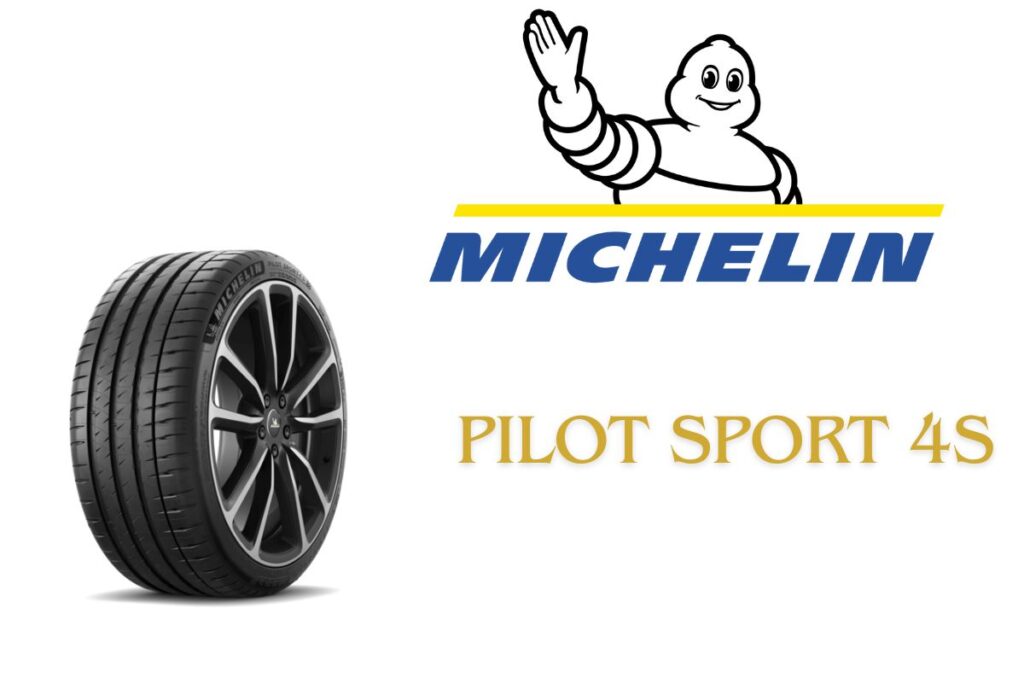
The Michelin Pilot Sport 4S sets the benchmark for max high-performance tires, catering to serious sport drivers. Crafted with an innovative asymmetric tread pattern and durable rubber compound, this tire delivers unparalleled handling and wet braking performance. Despite its “4S” designation, it’s strictly a summer-only tire. For temperatures below 40°F, consider the Michelin Pilot Sport All Season 4.
Specs:
- Brand: Michelin
- Model: Pilot Sport 4S
- Weight: 20-35 pounds
- Available Sizes: 17”, 18”, 19”, 20”, 21”, 22”, 23″
Latitude Tour – Best SUV Tire
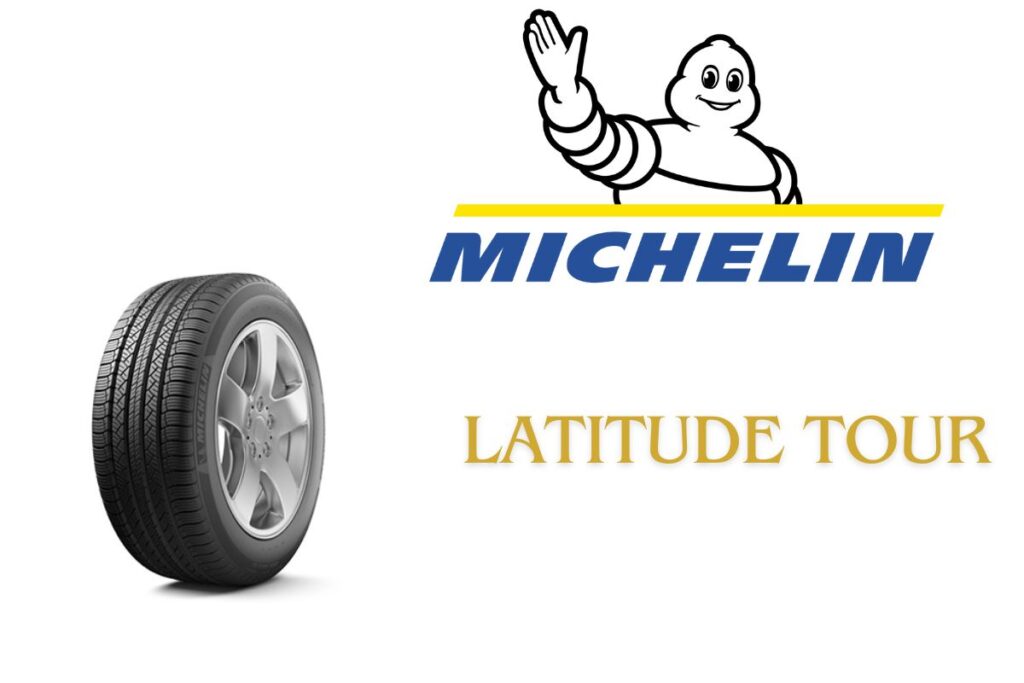
The Michelin Latitude Tour caters to crossovers, SUVs, and light trucks, offering a blend of comfort, wear, and fuel efficiency. Its silica-based compound and symmetric tread design ensure year-round traction on wet, dry, and lightly snow-covered roads. Stable shoulder blocks and a center rib enhance responsiveness and stability, while noise reduction technology ensures a quieter ride.
Specs:
- Brand: Michelin
- Model: Latitude Tour
- Weight: 25 – 36 pounds
- Available Sizes: 17”, 18”
Defender LTX M/S – Best Truck Tire
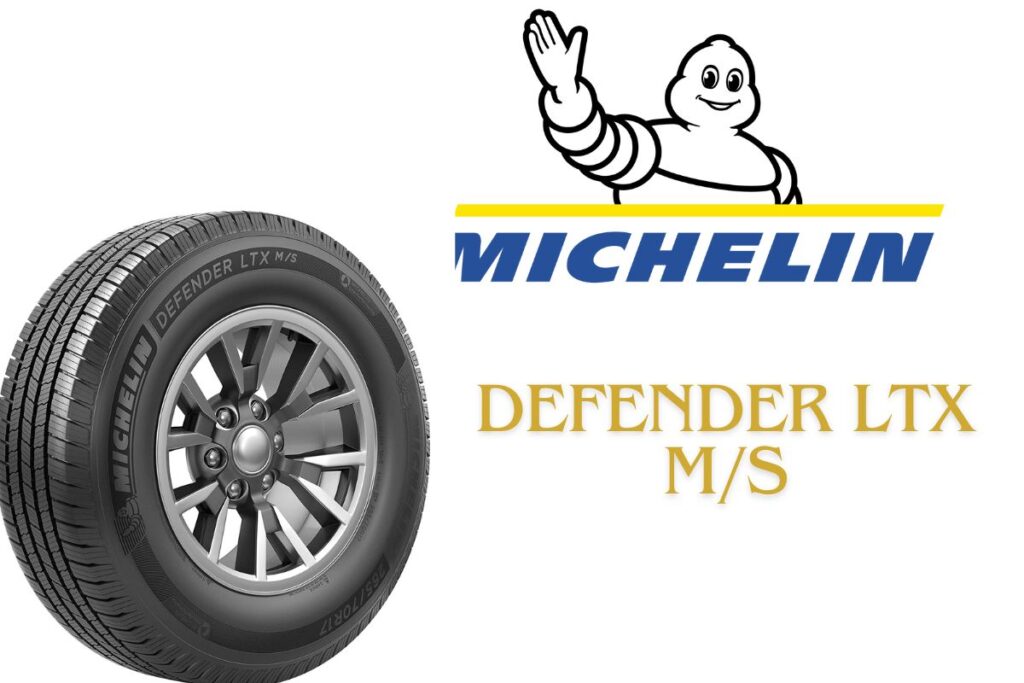
The Michelin Defender LTX M/S blends long tread life with all-season capability, delivering a smooth, quiet ride and traction in dry, wet, and winter conditions. Its durable rubber compound and multi-groove tread pattern excel in managing various road conditions, while twin steel belts provide strength and durability for heavy loads.
Specs:
- Brand: Michelin
- Model: Defender LTX M/S
- Weight: 24 – 54 pounds
- Available Sizes: 15”, 16”, 17”, 18”, 19”, 20”, 22”
Primacy Tour A/S – Best Passenger Car Tire

The Michelin Primacy Tour A/S is a grand touring all-season tire designed for sedans, coupes, crossovers, and SUVs. It delivers a smooth ride, minimal noise, and year-round traction, excelling in wet or dry conditions. With a five-rib asymmetric tread, wide shoulder blocks, and optimized grooves, it offers superior handling and traction on various surfaces.
Specs:
- Brand: Michelin
- Model: Primacy Tour A/S
- Weight: 24-36 pounds
- Available Sizes: 17”, 18”, 19”, 20”, 21”
X-Ice Xi3 – Best Winter Tire
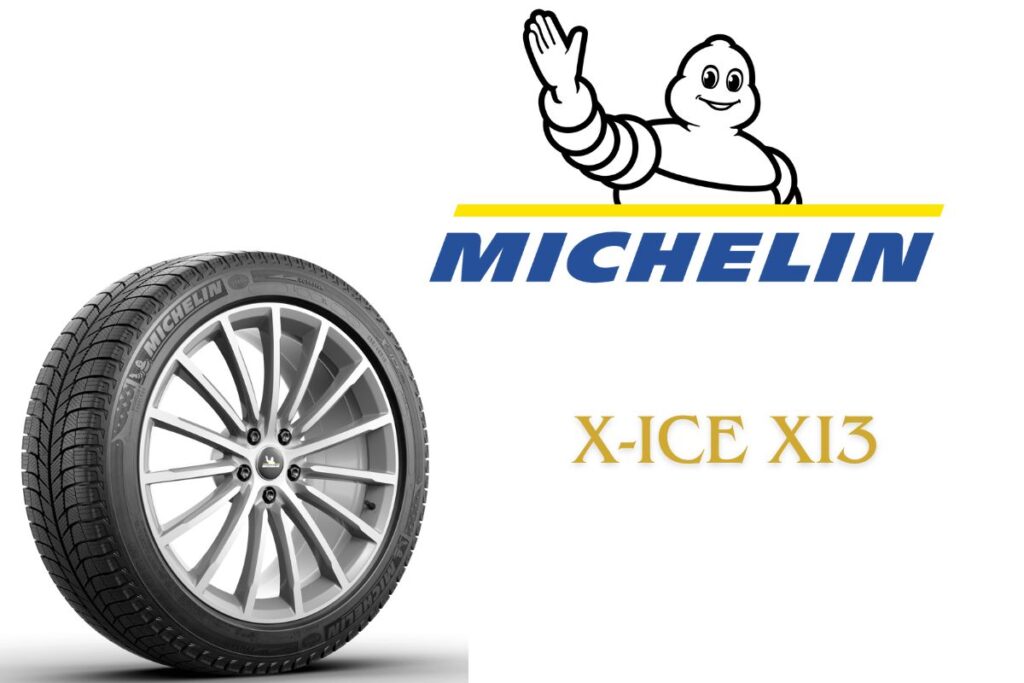
The Michelin X-Ice Xi3 is a studless winter tire designed for coupes, sedans, minivans, and crossovers. It delivers excellent traction in snow and ice, along with confident handling in cold weather conditions. Its silica-based rubber compound maintains flexibility in low temperatures, while the tread design minimizes hydroplaning and improves stiffness for enhanced tread wear.
Specs:
- Brand: Michelin
- Model: X-Ice Xi3
- Weight: 16 – 28 pounds
- Available Sizes: 14”, 15”, 16”, 17”, 18”, 19”
LTX A/T 2 – Best Off-Road Tire
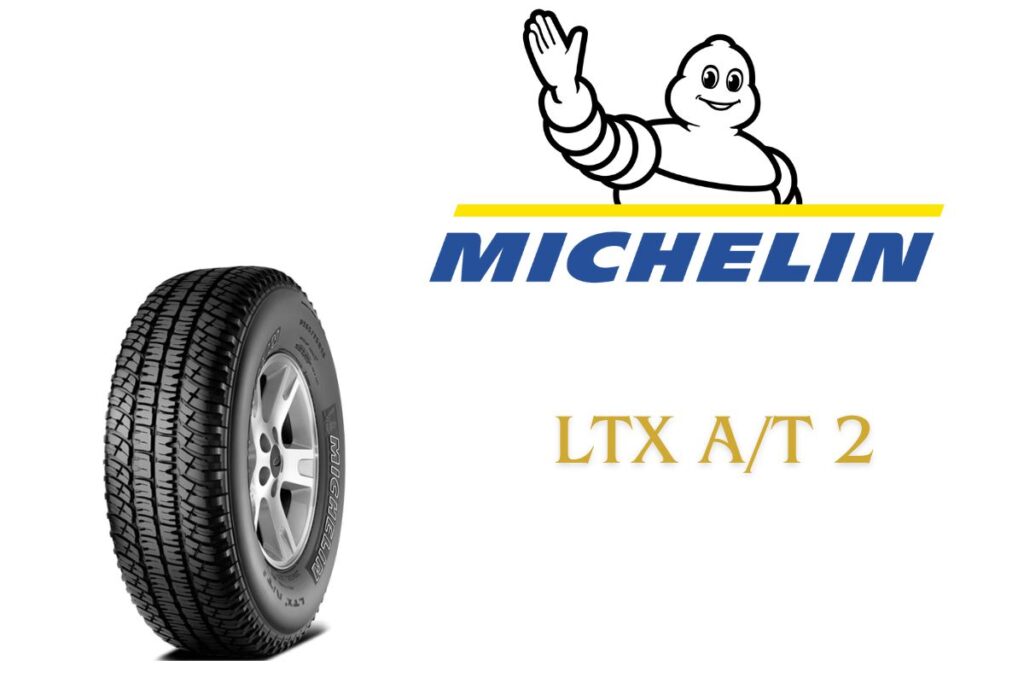
The Michelin LTX A/T 2 is an off-road, all-terrain tire suitable for pickup trucks and SUVs. It excels in rugged off-road driving conditions while offering on-road comfort, low noise, and excellent fuel efficiency. Its unique tread design enhances traction on various surfaces, and the tire’s construction minimizes vibration and road noise for a smoother ride.
Specs:
- Brand: Michelin
- Model: LTX A/T 2
- Weight: 35 – 59 pounds
- Available Sizes: 16”, 17”, 18”, 20”
Why Choose Michelin Tires?
Michelin is well-known for its reliability and trust. Customers trust that Michelin supports its products. The company constantly improves its tires. It makes them more fuel-efficient and eco-friendly without sacrificing performance. Michelin offers a variety of tires. This makes it easy to find the right one for your vehicle and driving style.
Michelin Tire Buying Guide
Buying from Michelin almost guarantees a high-quality tire. However, even the best tire can underperform if it’s not the right match. So, knowing the differences between tires, how to choose the correct one, and your driving habits and preferences is crucial for finding the best tire.
Knowing what sets car tires apart helps choose the best ones for your vehicle and driving needs. These factors are:
- Weather Rating: Tires are often rated for their performance in various weather conditions. While some are suitable for all weather types, others are designed for specific conditions like summer heat or winter snow.
- Speed Rating: Each tire comes with a maximum safe speed determined by the manufacturer. It’s crucial to adhere to this rating, particularly for drivers who enjoy high-speed driving.
- Tire Build: Tires are constructed using radial, bias-ply, or bias-belted techniques. Radial tires typically offer better durability, while bias-built tires may feature stiffer sidewalls and a more budget-friendly price.
- Tread Pattern: The design of a tire’s tread impacts its performance on different surfaces. Tread patterns can be diagonal, asymmetrical, symmetrical, or a combination of these designs.
- Tread Life: Manufacturers specify the expected lifespan of their tires in terms of mileage. Understanding tread life helps anticipate when tires may need replacement.
- Noise Rating: Some tires are engineered to produce less noise, enhancing cabin comfort. Noise ratings indicate the level of noise generated by a tire while in use.
By considering these factors alongside your vehicle type, local climate, and driving style, you can make a well-informed decision when choosing new tires.
How To Read Michelin Tire Sizes
Understanding Michelin tire sizes is essential for selecting the right tires for your vehicle. Michelin tire sizes typically follow a standardized format that consists of several components. Here’s how to read Michelin tire sizes:
- Tire Width: The first number in the tire size indicates the width of the tire in millimeters when measured from sidewall to sidewall. For example, in a tire size like “215/60R16,” the width is 215 millimeters.
- Aspect Ratio: The tire size is followed by a forward slash (/) and the aspect ratio. The ratio is the height of the tire’s sidewall as a percentage of its width. For instance, in the size “215/60R16,” the aspect ratio is 60, meaning the sidewall height is 60% of the tire’s width.
- Construction Type: The letter “R” stands for radial construction, which is the most common type of tire construction used today. Radial tires have plies that run perpendicular to the tire’s direction of travel.
- Rim Diameter: The last number in the tire size indicates the diameter of the wheel rim in inches. In the size “215/60R16,” the rim diameter is 16 inches.
FAQs
The lifespan of a Michelin tire varies depending on factors such as the specific tire model and your driving habits. Aggressive driving behaviors like frequent burnouts can significantly reduce tire longevity.
Michelin boasts a diverse range of tire sizes, covering virtually all types of vehicles. Whatever the wheel size, Michelin likely has a tire to fit.
Bridgestone, Continental, and Goodyear are often compared to Michelin. They are seen as similar in quality and performance.
Michelin tires are readily available for online purchase. Start your search on platforms like Tire Rack or SimpleTire. Explore further options and potential savings in our guide on the Best Places to Buy Tires Online.
The CrossClimate2 tire, a big innovation for cars and crossovers, was its highlight. Many car makers choose Michelin as their first choice for new vehicle tires.
Conclusion
In our latest tire study, Michelin tires earned an impressive rating of 4.5 out of 5.0 stars, securing the title of Best Tires Overall. With a wide selection of high-quality tire options, glowing customer reviews, and a stellar reputation in the industry, Michelin proves to be a top choice for many drivers.
However, it’s important to note that Michelin tires often come with a higher price tag, which could be a drawback for budget-conscious drivers. While the quality and performance may justify the investment for some, those on a tight budget may need to explore alternative options.

